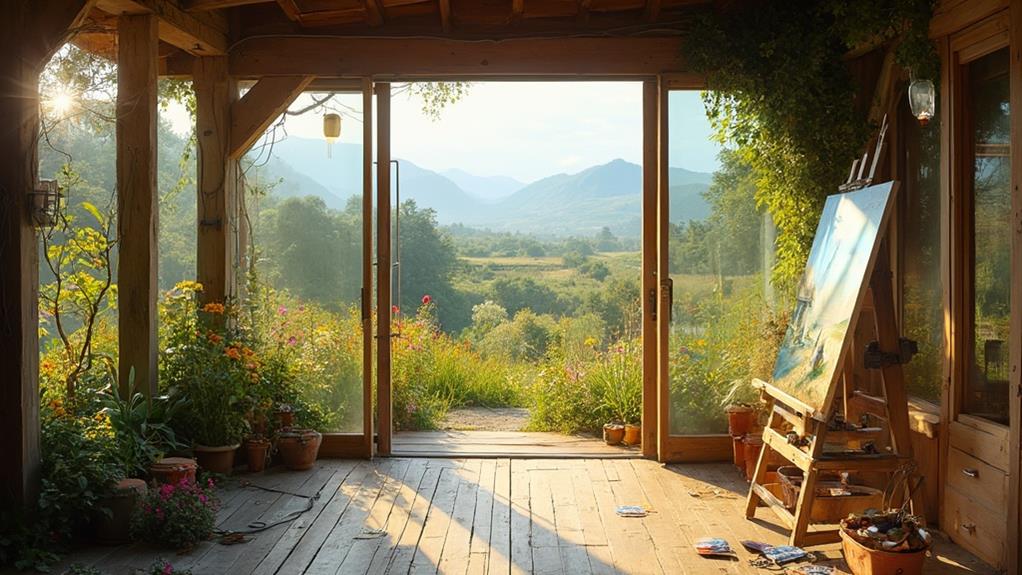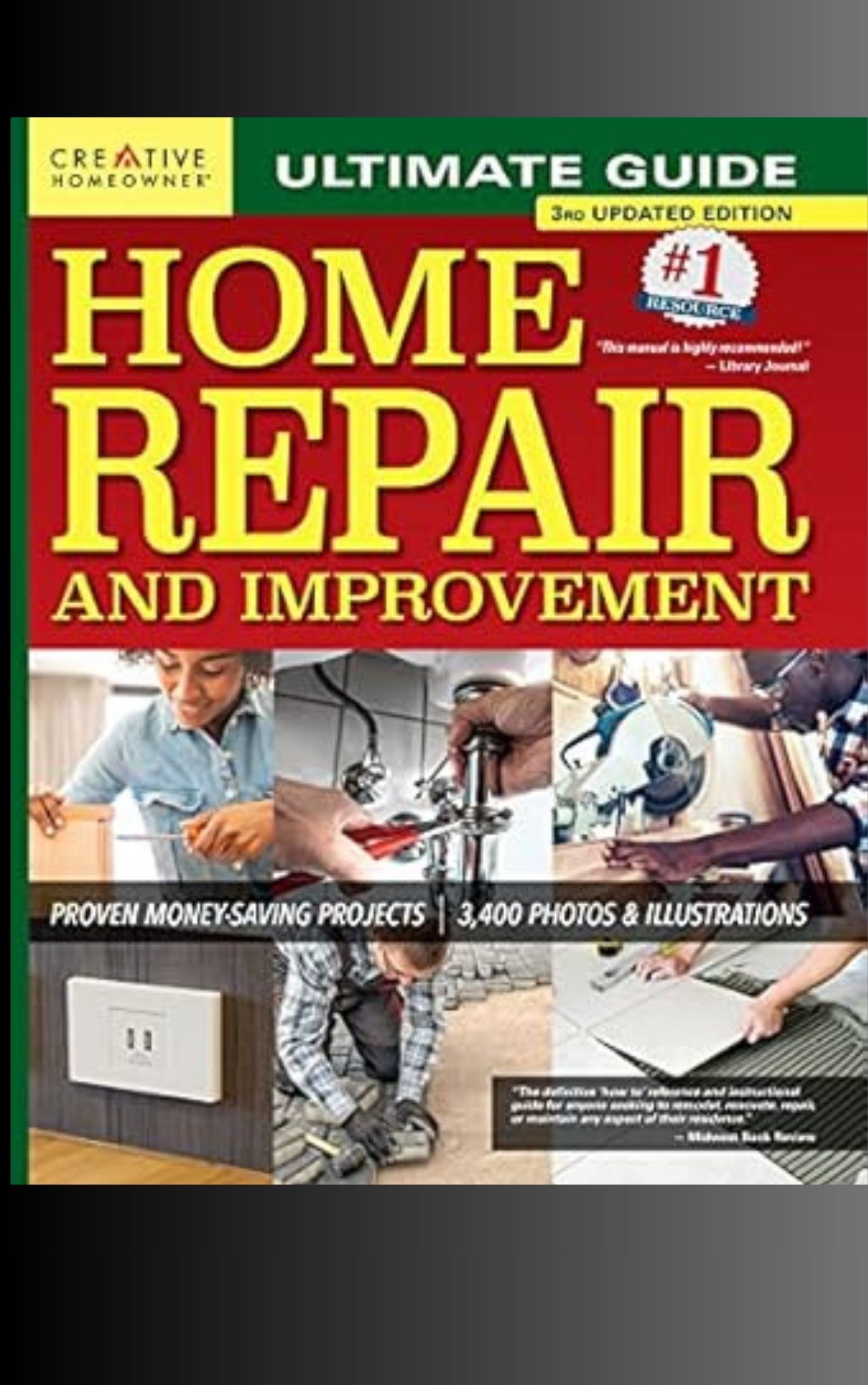Renovating for an outdoor art studio merges the inspiration of nature with a functional workspace. Key considerations include choosing an ideal location with ample natural light and protection from harsh elements. Weather-proofing the studio is crucial, utilizing durable materials and proper insulation. Essential design elements encompass large windows, ergonomic workspaces, and versatile storage solutions. Maximizing natural light through strategic orientation and reflective surfaces enhances the creative atmosphere. Organizing the workspace with weather-resistant storage and designated zones ensures efficiency. By carefully planning these aspects, artists can create a unique outdoor sanctuary that fosters creativity and productivity. The following insights will guide you in transforming your outdoor space into an inspiring artistic haven.
Choosing the Perfect Location
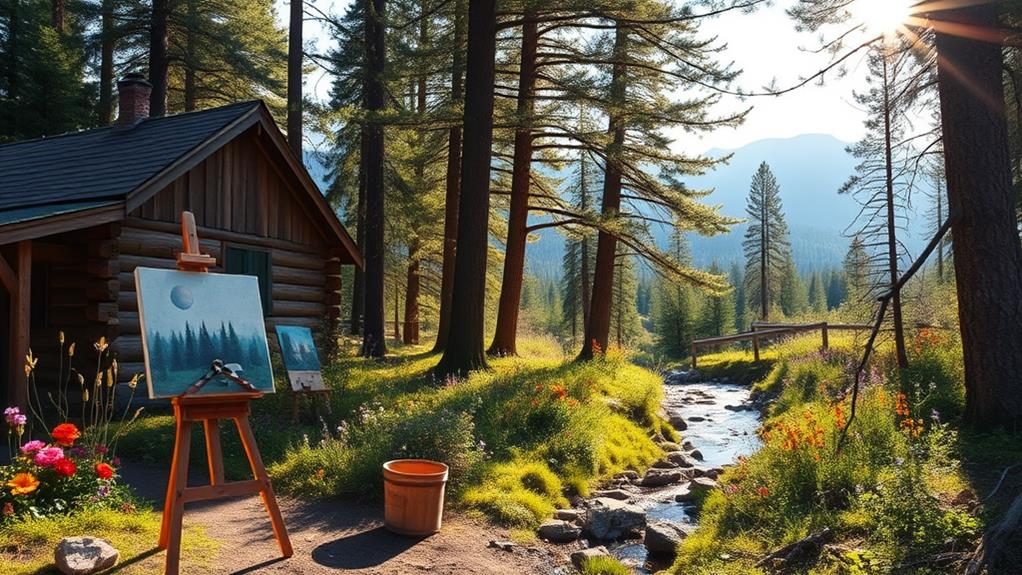
An artist's outdoor studio location can significantly impact their creativity and productivity. When selecting the ideal spot for an outdoor art studio, consider several key factors.
First, assess the available natural light throughout the day, as consistent, diffused light is often preferred for most artistic endeavors. Choose a location that offers protection from harsh elements like strong winds or direct sunlight.
Privacy is another crucial aspect to consider. Select a secluded area that allows for uninterrupted focus and freedom of expression. However, ensure the chosen spot is still easily accessible from your main living space. Consider the surrounding landscape and views, as these can serve as inspiration for your work.
Evaluate the terrain and ensure it's suitable for constructing a stable foundation for your studio. Look for level ground or an area that can be easily leveled. Consider proximity to utilities like water and electricity, as these may be necessary for your artistic process. Finally, check local zoning laws and regulations to ensure you can legally build an outdoor studio in your chosen location. By carefully considering these factors, you'll create an ideal environment for your artistic pursuits.
Weather-Proofing Your Outdoor Studio
Weather-proofing your outdoor art studio is a fundamental step in ensuring its longevity and functionality. Begin by selecting durable, weather-resistant materials for the structure itself, such as treated wood, metal, or composite materials.
Ensure proper insulation and ventilation to regulate temperature and humidity levels, crucial for protecting art supplies and finished works.
Install a sturdy, waterproof roof with adequate overhang to shield the studio from rain and direct sunlight. Consider adding gutters and downspouts to divert water away from the foundation. For walls, use water-resistant siding or apply a protective sealant to prevent moisture infiltration.
Implement proper drainage around the studio to prevent water accumulation. Install weatherstripping around doors and windows to keep out drafts and moisture. Choose double-paned, UV-resistant windows to maintain a stable interior environment and protect artwork from sun damage.
Consider incorporating a climate control system for year-round comfort and to safeguard temperature-sensitive materials. Install dehumidifiers or moisture-absorbing products to combat excess humidity. Lastly, ensure proper electrical wiring with weatherproof outlets and fixtures to prevent short circuits and maintain safety in all weather conditions.
Essential Design Elements
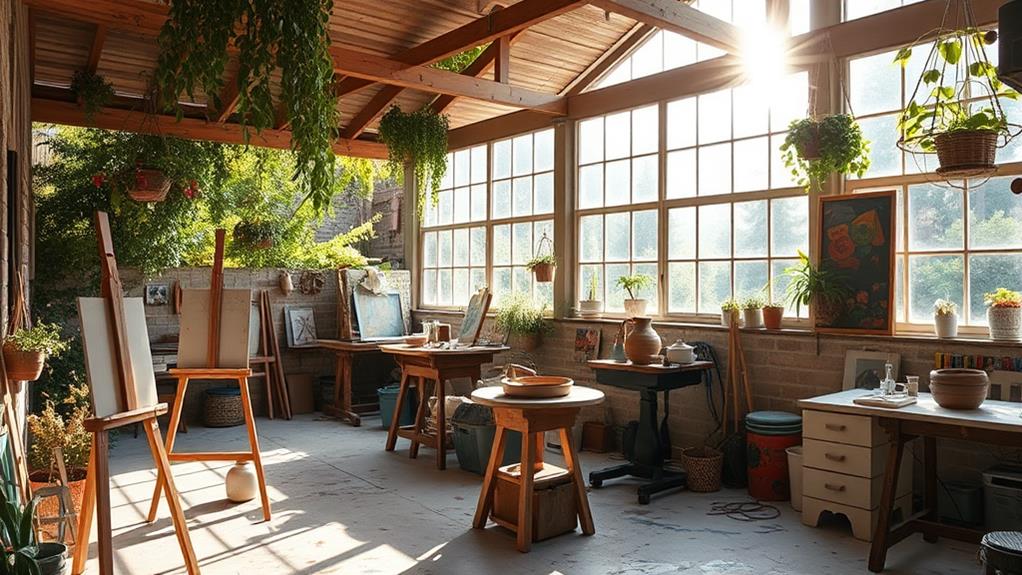
Design plays a crucial role in creating an effective outdoor art studio. Key elements include ample natural light, ergonomic workspaces, and versatile storage solutions. Incorporate large windows or skylights to maximize daylight exposure, essential for accurate color perception and detail work. Install adjustable lighting fixtures for cloudy days or evening sessions.
Prioritize comfortable seating and work surfaces at appropriate heights for various artistic disciplines. Consider multifunctional furniture that can adapt to different projects and mediums. Integrate built-in shelving, drawers, and cabinets to keep supplies organized and protected from the elements.
Flooring should be durable and easy to clean, such as sealed concrete or weather-resistant tiles. Include a sink with proper drainage for easy cleanup and material preparation. Ensure proper ventilation to manage fumes from paints or solvents.
Incorporate inspiration boards or gallery walls to display work-in-progress and finished pieces. Create designated areas for specific tasks like sketching, painting, or sculpture. Finally, integrate elements that connect the studio to nature, such as large sliding doors or a small patio, allowing artists to seamlessly transition between indoor and outdoor creative spaces.
Maximizing Natural Light
Natural light is paramount for any outdoor art studio, providing artists with optimal conditions for color accuracy and detail work. To maximize natural light, consider the orientation of your studio space. North-facing studios offer consistent, diffused light throughout the day, ideal for painters and sculptors. East-facing spaces benefit from morning light, while west-facing areas capture afternoon sun.
Incorporate large windows or glass doors to flood the space with sunlight. Skylights or clerestory windows can introduce additional overhead illumination. Use reflective surfaces, such as light-colored walls or strategically placed mirrors, to bounce light around the studio. Consider retractable awnings or adjustable shade sails to control light intensity during peak hours.
For artists working with sensitive materials, UV-filtering glass or window films can protect artwork from harmful rays. Install track lighting or adjustable LED fixtures to supplement natural light on overcast days or during evening hours. Finally, create flexible workstations that can be easily moved to capitalize on changing light conditions throughout the day, ensuring artists always have access to optimal natural illumination for their creative endeavors.
Organizing Your Outdoor Workspace
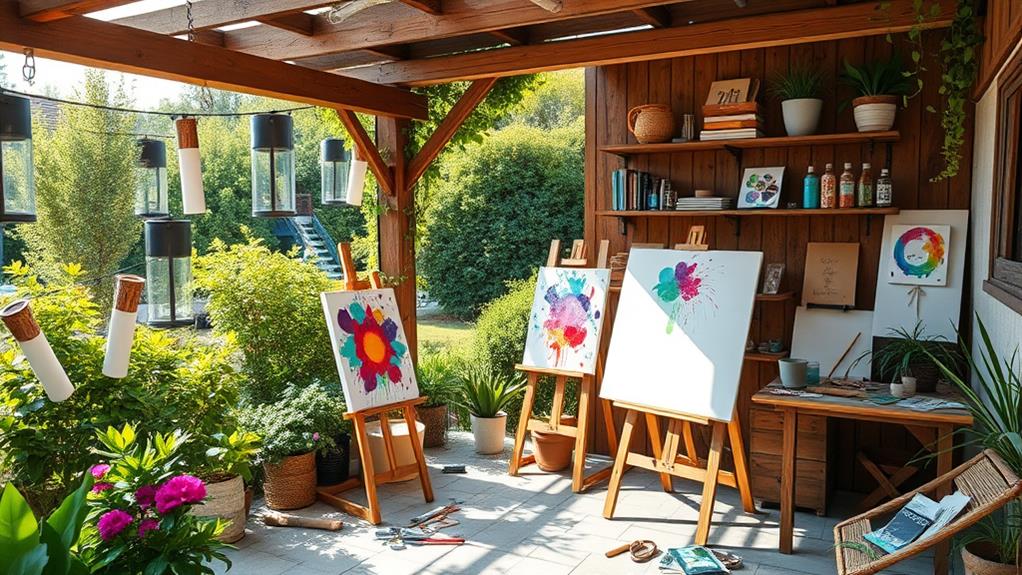
Effectively organizing your outdoor workspace is crucial for maximizing productivity and creativity in an art studio. Start by assessing your specific needs and the types of art you create. Design a layout that allows for easy movement and access to materials while maintaining a clutter-free environment.
Invest in weather-resistant storage solutions, such as sealed cabinets or portable carts, to protect your supplies from the elements. Utilize vertical space with shelving units or pegboards to keep tools and materials within reach. Consider incorporating a large, sturdy work table that can accommodate various projects and provide ample surface area.
Create designated zones for different activities, such as a painting area, a sculpting station, or a clean space for sketching and planning. Implement a system for organizing your materials by color, medium, or project type to streamline your workflow. Don't forget to include a comfortable seating area for breaks and contemplation.
Ensure proper lighting throughout your workspace, combining natural light with adjustable artificial lighting options. Finally, incorporate elements that inspire you, such as plants, art prints, or found objects, to create a personalized and stimulating environment.
Frequently Asked Questions
How Can I Soundproof My Outdoor Art Studio?
To soundproof your outdoor art studio, consider installing acoustic panels, using weatherstripping around doors and windows, adding mass-loaded vinyl barriers, and incorporating sound-absorbing materials like thick curtains or rugs. Double-paned windows and insulated walls can also enhance sound isolation.
What Permits Might I Need for Building an Outdoor Studio?
As the seeds of your creative vision sprout, nurture them with proper permits. Check local zoning laws for building codes, setback requirements, and size restrictions. Consult your city's planning department for specific permits needed for outdoor studio construction.
How Do I Protect My Artwork From Insects and Pests?
To protect artwork from insects and pests, implement preventive measures such as sealing storage areas, using airtight containers, and employing climate control. Regularly inspect and clean your artwork, and consider using pest repellents or natural deterrents in the surrounding area.
Are There Eco-Friendly Options for Powering My Outdoor Studio?
Yes, eco-friendly power options for outdoor studios include solar panels, wind turbines, and micro-hydro systems. These renewable energy sources can provide sustainable electricity while minimizing environmental impact. Battery storage systems can ensure consistent power availability during off-peak generation times.
How Can I Incorporate Indoor-Outdoor Flow Between My Home and Studio?
Like a seamless tapestry, blend indoor and outdoor spaces by:
- Installing large sliding glass doors
- Creating a covered transitional area
- Using consistent flooring materials
- Incorporating similar color schemes and decor elements
- Adding outdoor furniture that complements indoor pieces
Conclusion
An outdoor art studio can significantly enhance creative output and well-being. Research indicates that exposure to nature can boost creativity by up to 50%. By carefully selecting a location, implementing weather-resistant features, incorporating essential design elements, maximizing natural light, and organizing the workspace efficiently, artists can create an inspiring environment that seamlessly blends with nature. This fusion of art and the outdoors not only stimulates artistic expression but also promotes a deeper connection with the natural world, potentially leading to more innovative and meaningful creations.
